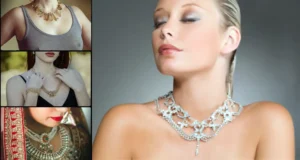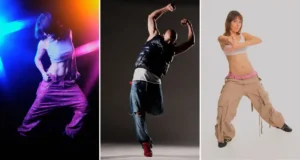Across cultures worldwide, ladies have integrated hats into their wardrobes for ages. But why do women appreciate and continue donning hats so consistently?
Beyond shielding pretty faces or topping off outfits, ladies’ hats have carried deeper connotations over time. Their meanings encompass everything from signifying social status to honoring religious traditions.
Hats allow women creative avenues to protect, adorn, connect with their roots, display convictions, and express individual flair. Ladies find versatile value in sporting fabulous hats, whether for practicality, modesty, or just for fun. Here’s a look at the diverse reasons why women worldwide don hats.
Fashion
Hats allow ladies infinite options to express their personal style. Different designs flatter various face shapes and complement any outfit.
- Wide-brim fedoras balance round faces by adding width to slim the cheeks. They look chic with sundresses or jeans.
- Baseball caps worn low can make long faces seem shorter and accentuate the eyes. Pair them with tees and jackets for casual flair.
- Cloche hats sit low to highlight eyebrows and elongate round faces. Complement them with pencil skirts or pantsuits.
- Beanies stretch out long faces by adding height up top. Keep warm yet stylish by wearing them with coats and boots.
Ladies can showcase their creativity by mixing colors, patterns, and materials like wool, straw, felt, and cotton. Hats take outfits up a notch for occasions ranging from beach parties to weddings.
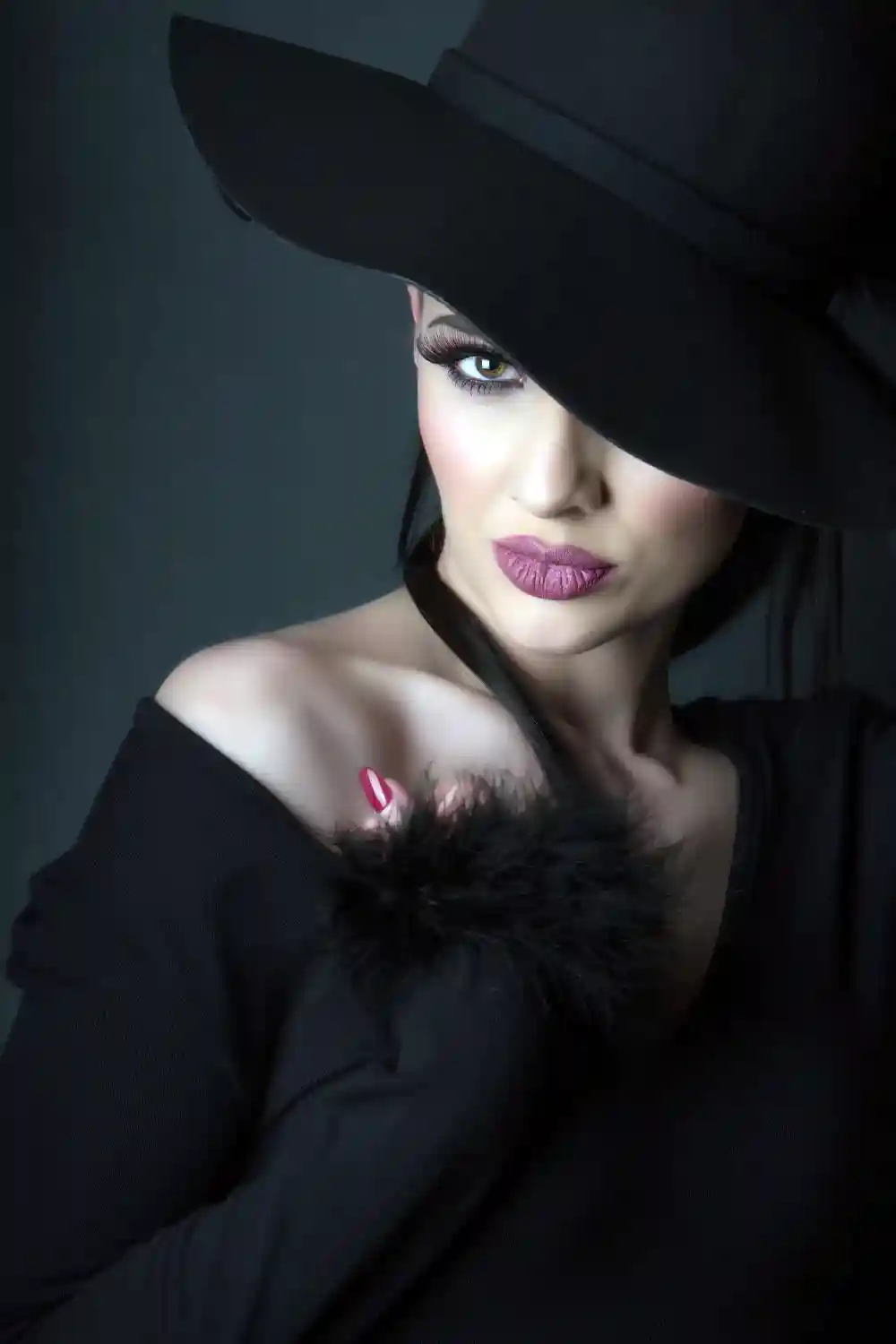
Tradition
Hats hold cultural and religious significance passed down through generations. They allow ladies to honor traditions in a modern context.
- The hijab covers the head and chest of Muslim women as a symbol of spiritual devotion and humility. While styles vary, the core meaning remains the same.
- Turbans hold religious importance in Sikhism as one of the five articles of faith. Both men and women tie them neatly to protect the hair and show respect.
- Sombreros are iconic symbols of Mexican culture. Ladies wear the traditional wide-brimmed hats ornamented with embroidery or feathers.
- Scottish tam o’shanters berets represent Celtic heritage. Ladies pair them with kilts at Highland games and festivals.
By thoughtfully incorporating meaningful hats into outfits, ladies stay connected to their roots and demonstrate cultural pride.
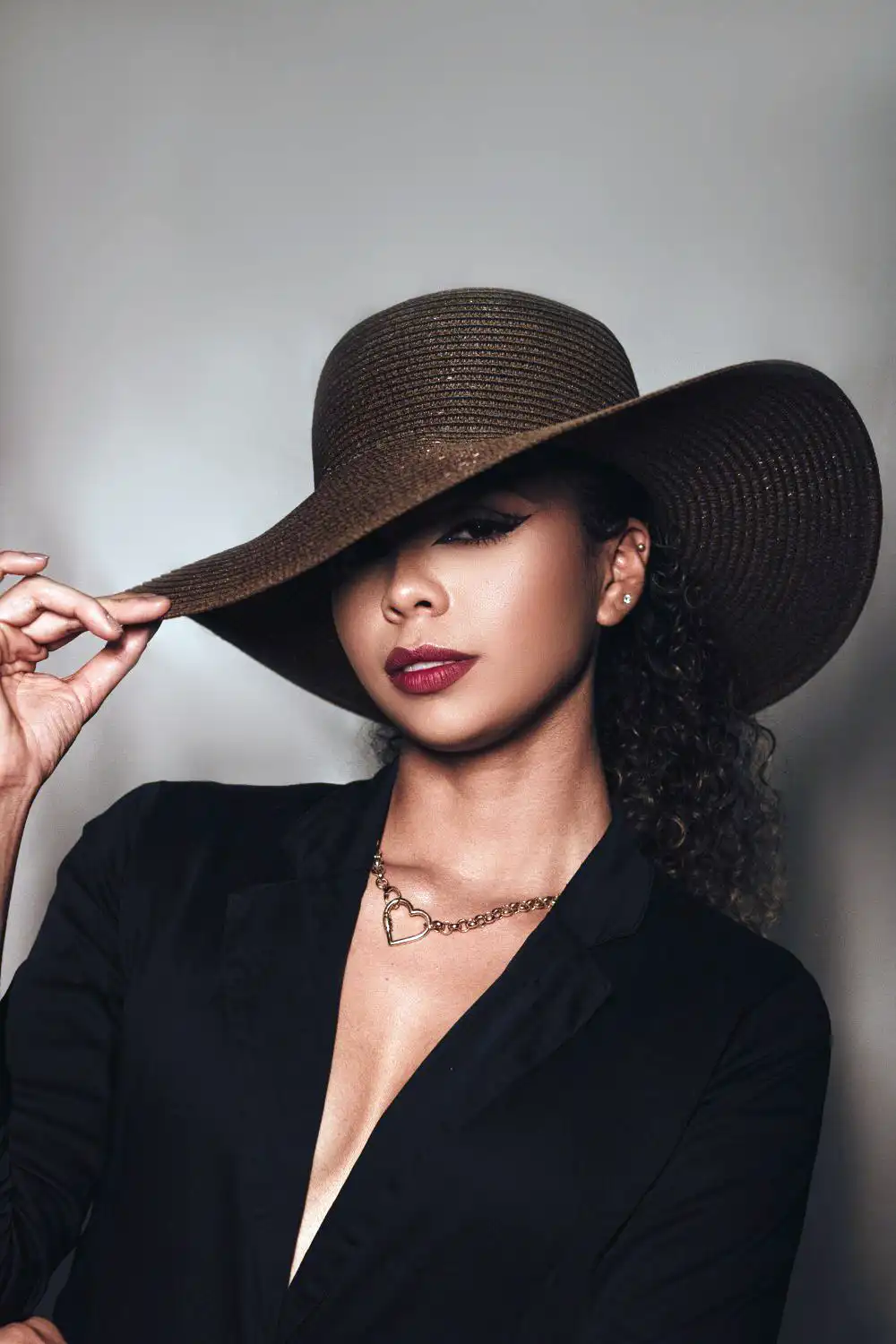
Protection
Hats provide practical protection for ladies’ hair, face, and neck in harsh weather conditions. Choosing the right materials ensures safety and comfort.
- Wide-brimmed sun hats in natural fabrics like straw or cotton shield delicate skin from UV exposure. UPF 30+ offers sun protection equivalent to sunscreen. This prevents sunburn and skin cancer risks.
- Water-resistant rain hats in waxed cotton, oiled leather, or polyester keep hair and makeup intact on wet, rainy days. Staying dry means avoiding chills.
- Thick, insulating hats made of wool, fleece, and other warm textiles retain body heat in cold climates. They protect ears and the head from frigid winds and snow.
Ladies can pick protective hats based on their needs – a ventilated straw hat for summer, a waterproof fedora for rain, or a cozy beanie for winter. Hats defend in all weather extremes.

Enhancement of Facial Features
Flattering hat designs beautifully complement ladies’ natural facial features. Strategic shapes create balance and proportion.
- Wide brims widen the appearance of slim, oval faces. They also spotlight eyes beautifully on round faces.
- Tall crowns visually lengthen oblong faces. Trims should balance eye and cheekbone exposure.
- Tilted fedoras add angles to soften square jawlines or broad cheeks. Angling the brim slims the lower face.
- Cloche hats sit low to accentuate eyebrows and elongate round faces. The close fit adds definition.
Finding ideal silhouettes flatters bone structure and spotlights stand-out features like bright eyes or high cheekbones. Hats bring out ladies’ natural beauty.

Status and Social Signaling
While class systems have relaxed, ladies continue using hats to convey style and sophistication. Discerning hat choices for occasions show enlightened fashion sense.
- Wide-brimmed Kentucky Derby hats signal old-world affluence and nobility at formal events.
- Fedoras or pillbox hats paired with pantsuits imply success at modern business meetings.
- Vintage fascinators and veiled hats harken to Hollywood glamor and refined sensibilities.
From material quality to texture and intricate details, ladies make considered hat selections to reflect their distinguished taste and classy confidence.
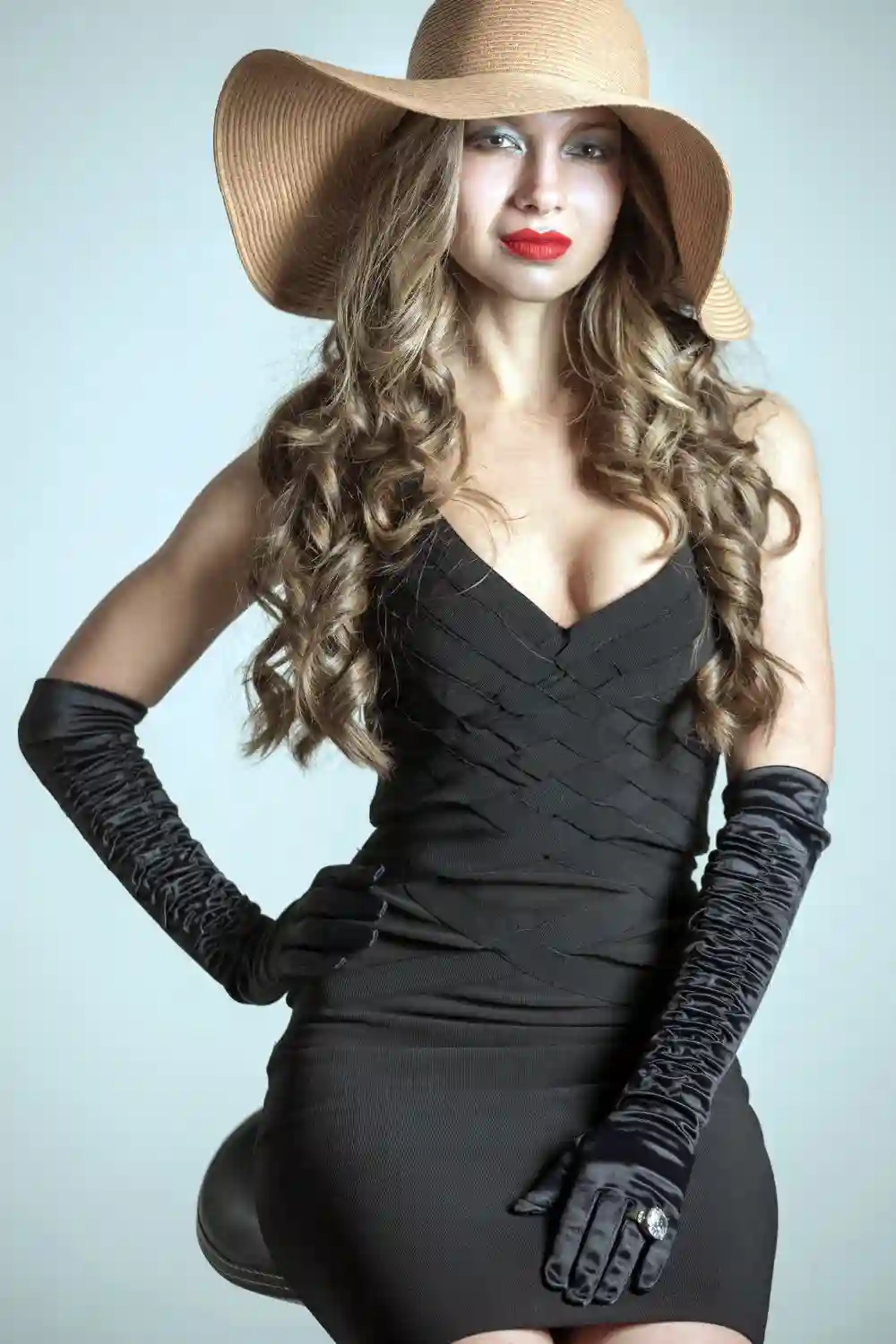
Religion
For many faiths, head coverings symbolize spiritual devotion and humility before God. Ladies don religious hats to strengthen their beliefs.
- The hijab scarf covers Muslim women’s hair and necklines as a display of modesty and virtue. Some believe it brings them closer to Allah.
- Jewish kippah skullcaps serve as a constant reminder for men to honor God above. Ladies may also wear kippahs during prayers.
- Turbans hold religious importance for Sikh men and women. The neatly wrapped headgear protects hair and respects faith.
Ladies affirm their commitment to religion and community by following sacred hair covering traditions. The hats provide silent spiritual inspiration.
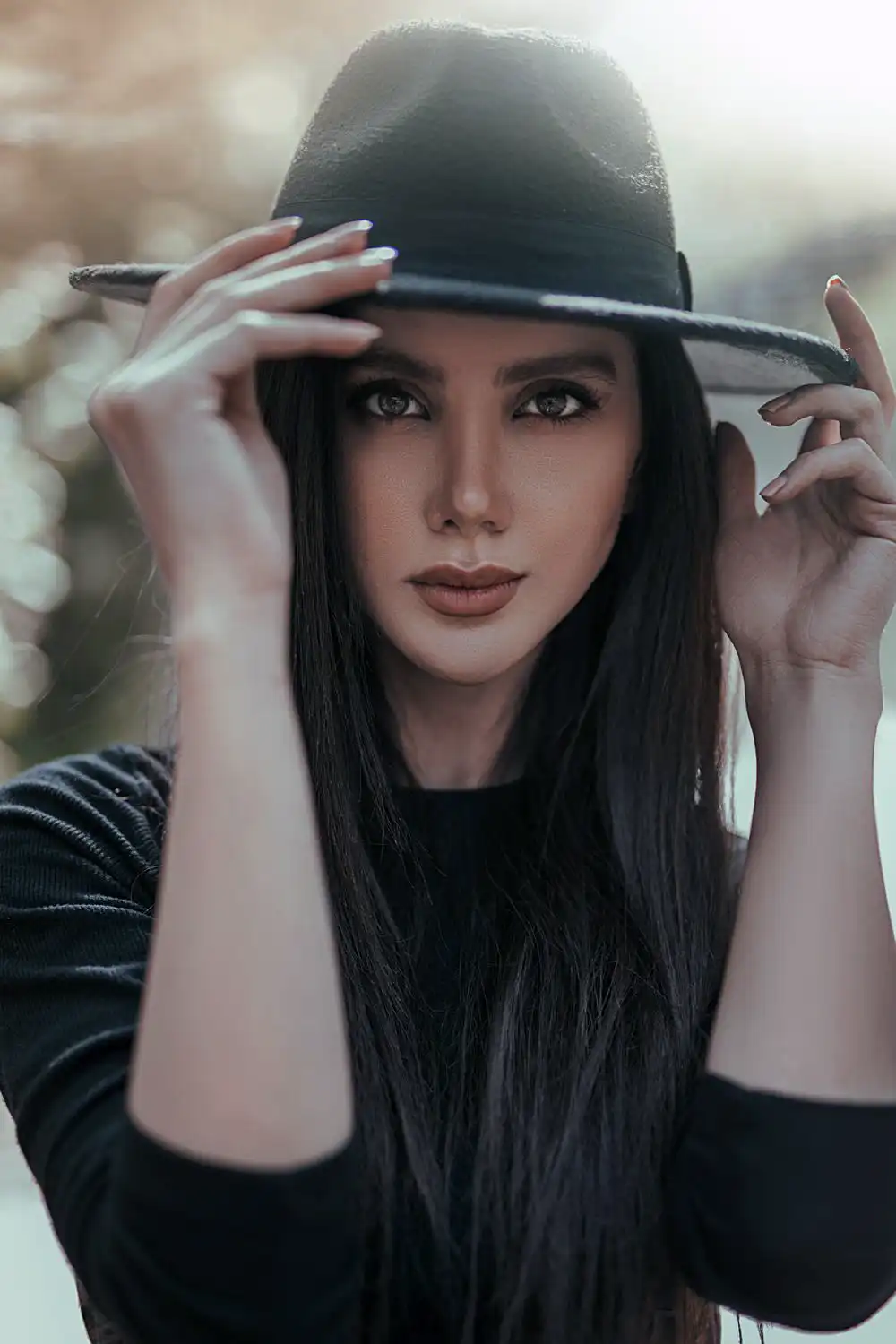
Cultural Practices
Culturally symbolic hats allow ladies to celebrate their roots during special occasions. Various groups have unique headwear that represents heritage.
- Traditional Korean gat hats feature flowers and jewels. Ladies pair them with hanbok dresses during festivals.
- Mexicans don sombreros which have an iconic wide circular brim. The hats reflect Ranchero’s cowboy roots.
- Scottish tam o’shanter berets complement kilts and honor Celtic clan traditions. Ladies sport them at Highland games.
Respectfully wearing meaningful hats demonstrates cultural pride for ladies worldwide. The traditions connect them to ancestry.
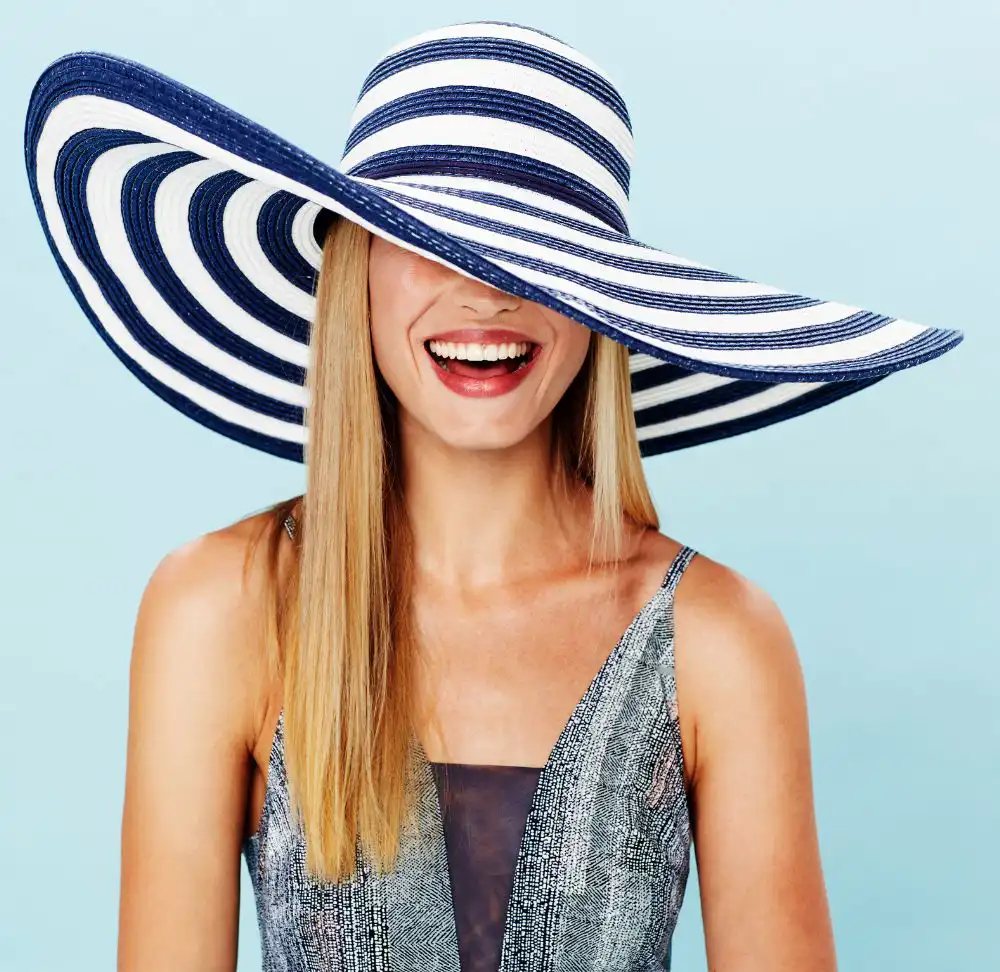
Personal Preference
Beyond customs, ladies simply enjoy hats for self-expression and fun. There are endless options to match one’s personality.
- Quirky fascinators with feathers, lace, or netting add a unique flair to weddings and events.
- Baseball caps in bright colors or prints show off a laidback, sporty vibe.
- Wide-brim fedoras project confidence and adventure with a vintage edge.
Finding the perfect stylistic fit empowers ladies to have carefree fun with fashion. Hats become an extension of individuality.
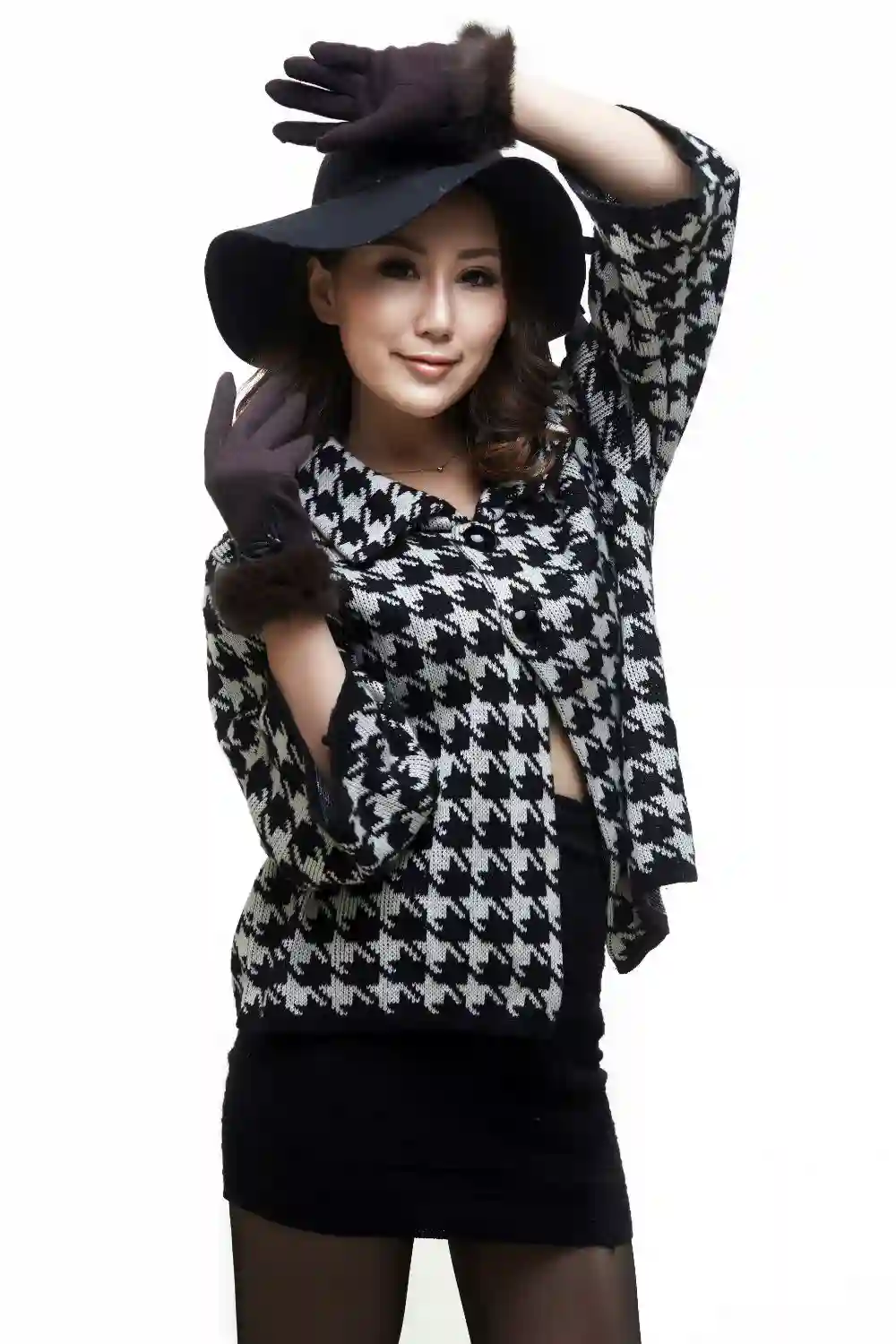
Summary
In essence, ladies appreciate hats for the multidimensional utility and symbolism they provide. Hats hold historical and cultural importance relating to womanhood in societies worldwide.
Practically, hats shield ladies’ delicate complexions from harsh sun, rain, and cold while allowing them to stay stylish. Different designs flatteringly frame facial features and complement overall looks.
Culturally, meaningful hats connect modern women to their roots and ancestry. Respectfully donning traditional headwear demonstrates pride in one’s heritage.
Spiritually, religious coverings like the hijab reflect virtues of modesty and devotion. They allow ladies to silently express their steadfast beliefs.
Socially, sophisticated hats continue to indicate elevated class and refined taste. Discerning hat choices for occasions conveys success and nobility.
Personally, ladies simply delight in hats for self-expression and pure enjoyment. From wide-brimmed fedoras to floral fascinators, hats make life a little more colorful.
For women worldwide, donning a hat holds significance far beyond a mere fashion accessory. Hats let ladies celebrate femininity and heritage in all its diversity.
FAQ
What does wearing a hat symbolize?
Wearing a hat has different symbolic meanings based on context. A hat can represent a person’s fashion sense or cultural identity. In some cultures, certain hat styles signaled status or wealth. Hats also symbolize practical purposes, protecting from weather. For religions like Islam, hats signify faith and adherence to spiritual beliefs. Importantly, what a hat symbolizes depends on individual interpretation within social and historical settings.
Why do women’s hats tilt to the right?
Traditionally, women’s hats tilt to the right due to historical customs. In the past, this allowed male escorts to easily converse with women walking on their left. Additionally, tilting hats to the right creates appealing asymmetry, highlighting facial features attractively. Over time, rightward tilting became the norm due to fashion and society, though some hats suit various angles based on design.
Is it bad manners for a woman to wear a hat indoors?
Etiquette around hat-wearing indoors depends on context. Historically, removing hats inside showed respect. Now, etiquette has evolved, allowing flexibility in private homes or when hats compliment outfits. Still, formal settings or public spaces usually require politeness by removing obstructive hats that block others’ views. Ultimately, etiquette varies based on tradition, culture, and situation. Consideration of norms ensures respecting those around you when choosing to don or doff hats indoors.
Why is it disrespectful to leave your hat on?
Historically, removing hats indoors showed courtesy and respect according to etiquette. Cultural traditions also provide guidance depending on settings like religious sites. Not removing obstructive hats blocks the views of others, hindering politeness. Specific situations like homes may allow flexibility, but formal settings generally require hats off. Following cultural norms and traditions, reading social cues avoids seeming rude while adhering to respectful conventions.
Should a woman wear a hat in church?
The decision of whether a woman should wear a hat in church varies based on personal beliefs, cultural practices, and religious traditions. Some denominations or churches may require or encourage women to wear hats as a sign of respect during worship, while others do not have such requirements. Ultimately, it is recommended to be aware of the specific customs and practices of the church being attended and to consult with church leaders or members for guidance on appropriate attire.

